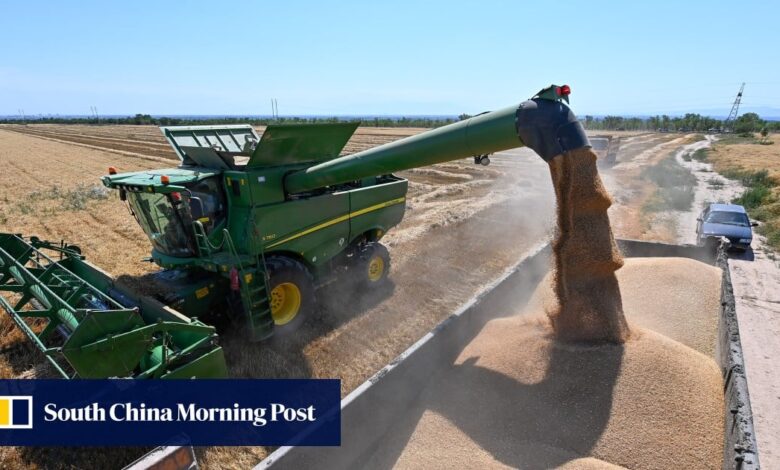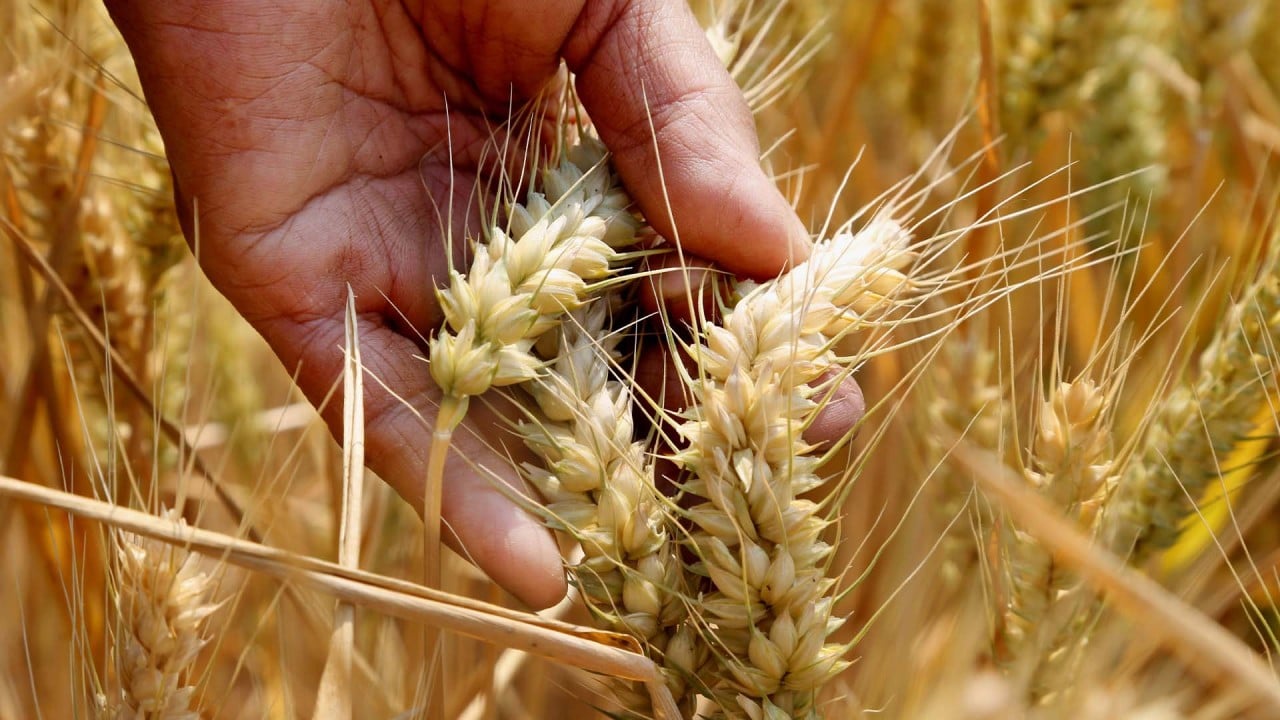China flexes green thumb as it pursues agricultural self-reliance

[ad_1]
Though relatively small, the yield carried great symbolism. The tropical fruit, known for its potent smell, is mainly produced in Thailand, Malaysia and Vietnam.
The domestic durians were priced at around 120 yuan (US$16) per kilogram – about three times the cost of most imported durians – and their farming area was only 93.3 hectares.
As the world’s largest durian consumer market, China imported 825,000 tonnes of the fruit in 2022, according to customs data.
GM crop trials expanded
It also started GM seed production in northwestern Gansu province this year.
In an article published in Farmers’ Daily, its official publication, the ministry attempted to ease public concerns that GM food may cause cancer and infertility by citing examples of its safe adoption in other countries. To ensure stable food production, the technology – which is estimated to increase corn and soybean yields by 5.6 to 11.6 per cent – could be essential.
As the mercury rises, will climate change impact energy, trade and agriculture?
As the mercury rises, will climate change impact energy, trade and agriculture?
White-feathered chicken takes flight
China began exporting its home-grown white-feathered chicken to Tanzania in June.
The fast-growing, meaty breed represents nearly 50 per cent of China’s poultry production, according to the China Animal Agriculture Association.
Due to an avian flu outbreak in North America and a nosedive in the number of international flights, China reduced its reliance on the United States last year, according to a February report by Guosen Securities. The US is a major import destination for China’s breeder white-feathered chickens.
The introductory self-sufficiency rate of China’s “Shengze 901” breed increased from 10.56 per cent in 2021 to 25.82 per cent last year, the report stated.
More soybeans produced in-house
China’s self-sufficiency rate in soybeans went up 3 percentage points last year, reaching 18.5 per cent according to the Ministry of Agriculture and Rural Affairs.
Imports from the United States and Brazil, China’s two major sources of the crop, fell by 10 per cent and 6 per cent, respectively.
The ministry vowed to grow domestic soybeans at an annual rate of 7 per cent over the next decade and achieve a 30.7 per cent self-sufficiency rate by 2032. It made the pledge in its Agricultural Outlook Report for 2023-32, published in April.
Bean there, but not done yet: China soybean output hits record 20 million tonnes
Bean there, but not done yet: China soybean output hits record 20 million tonnes
Breakthroughs in salt-tolerant rapeseed
This new species achieved a total of 323.87kg per mu harvested, which represents an increase of 59.5 per cent from the average yield.
Total oil production from the rapeseed could reach 163.17kg per mu, a theoretical increase of 82.7 per cent.
Aquafarming in the oasis
The aquaculture firm Shi Shi Xian has developed a method to simulate seawater in its fishery on the edge of the desert using the region’s natural salinity.
China hopes to lift its aquatic production to 69 million tonnes by 2025, and the Xinjiang government is aiming to increase its own annual output to around 30,000 tonnes by the same year.
[ad_2]
Source link



.jpg?itok=t8OJmsoF)




